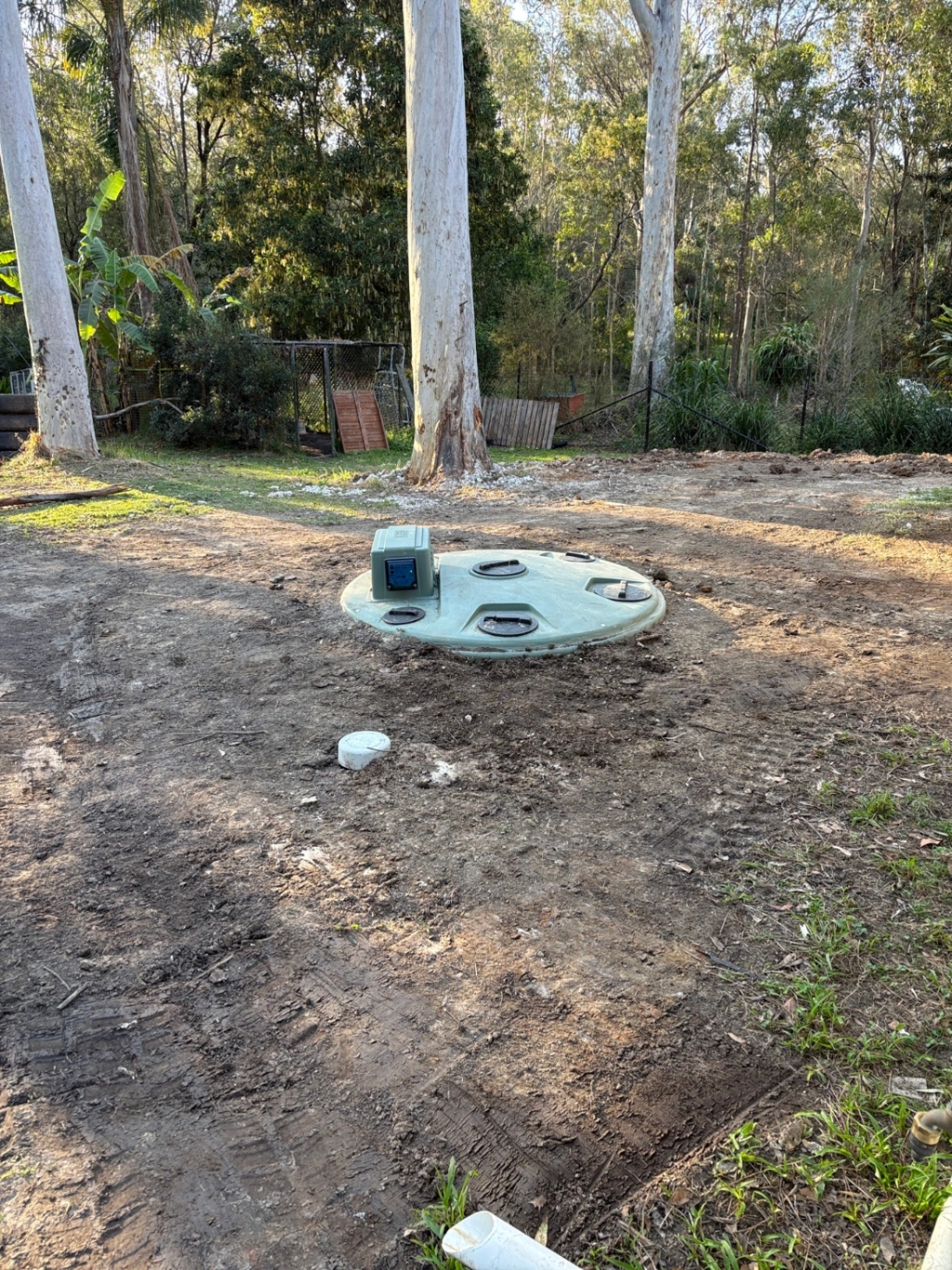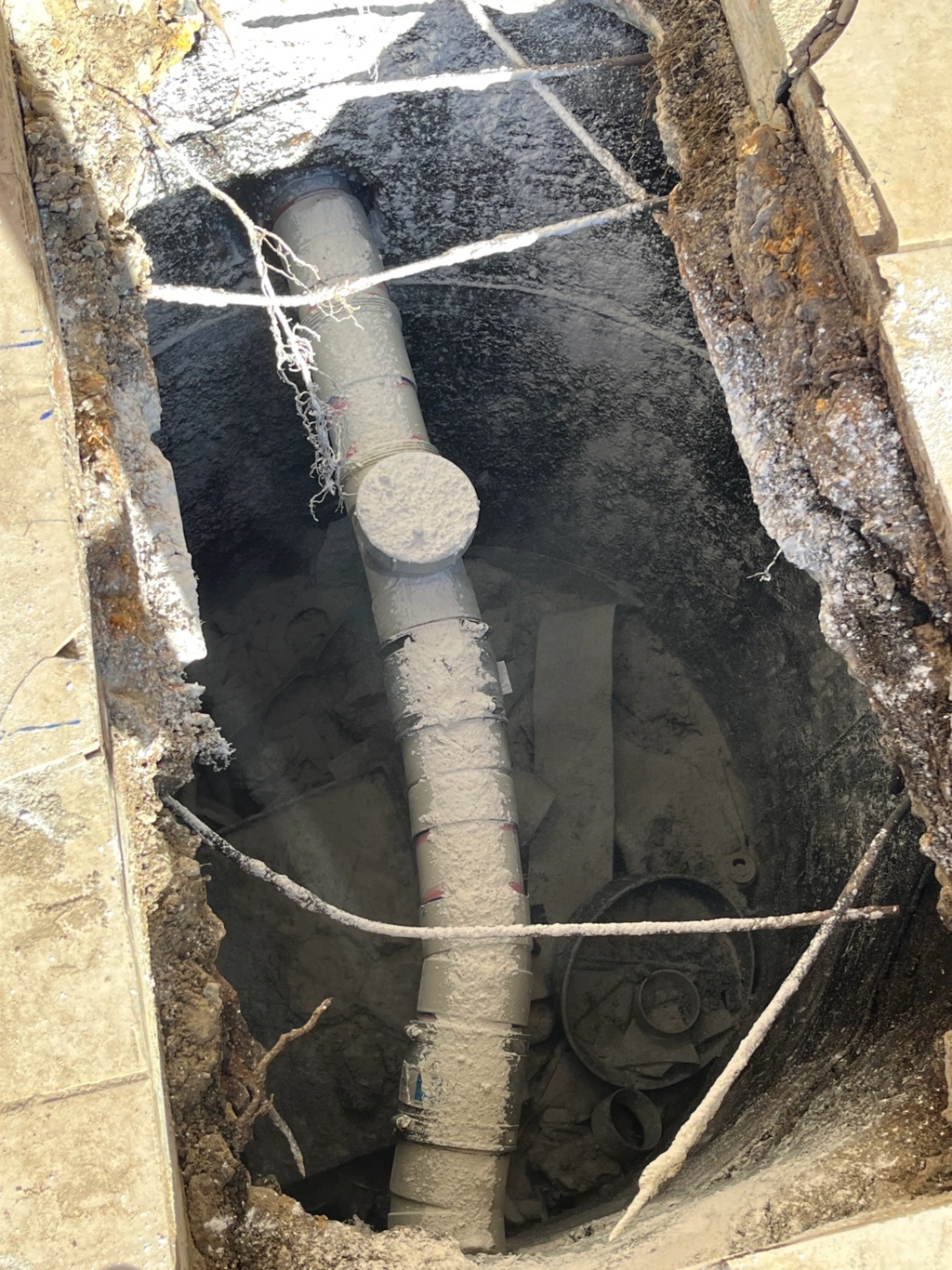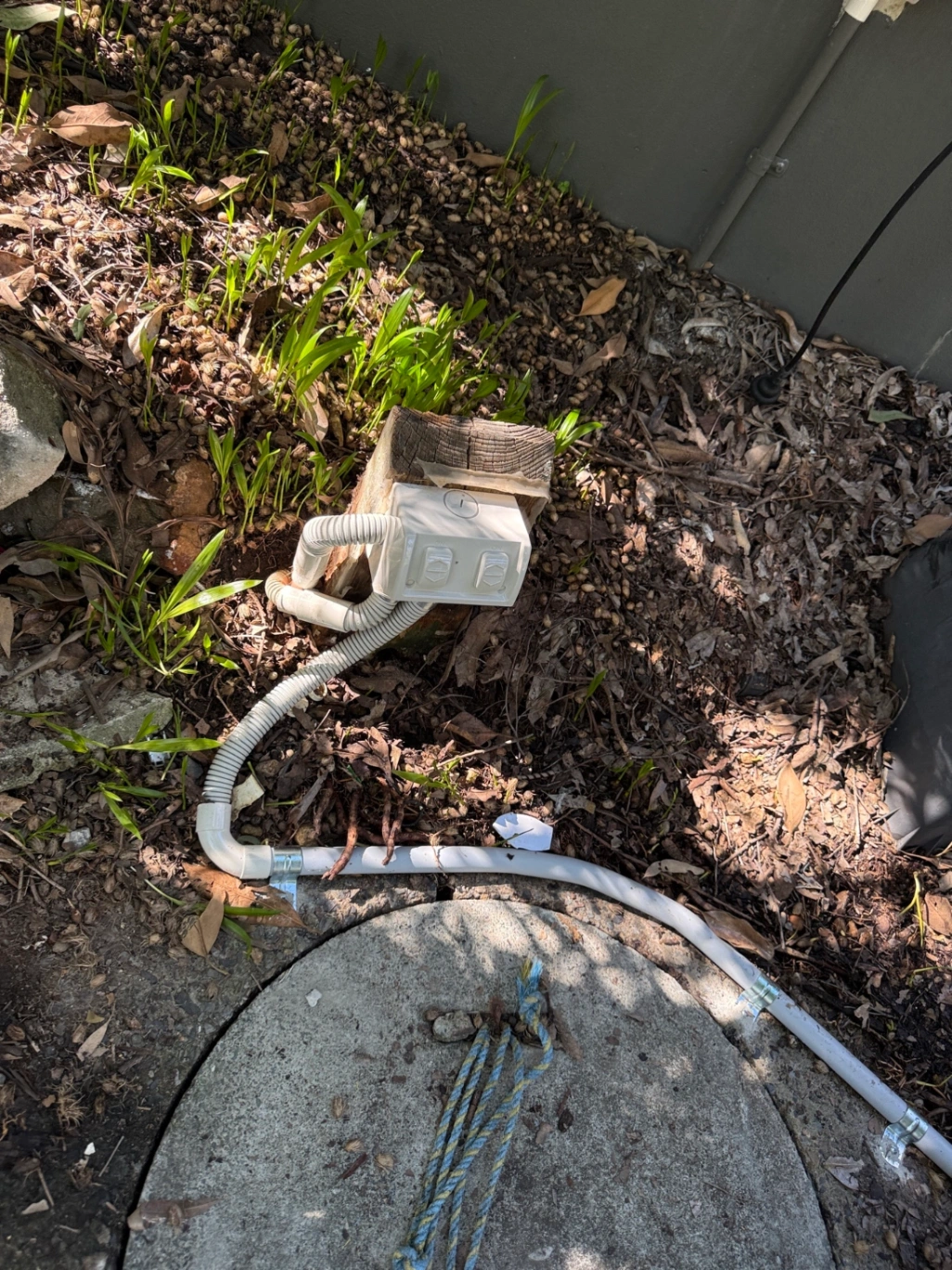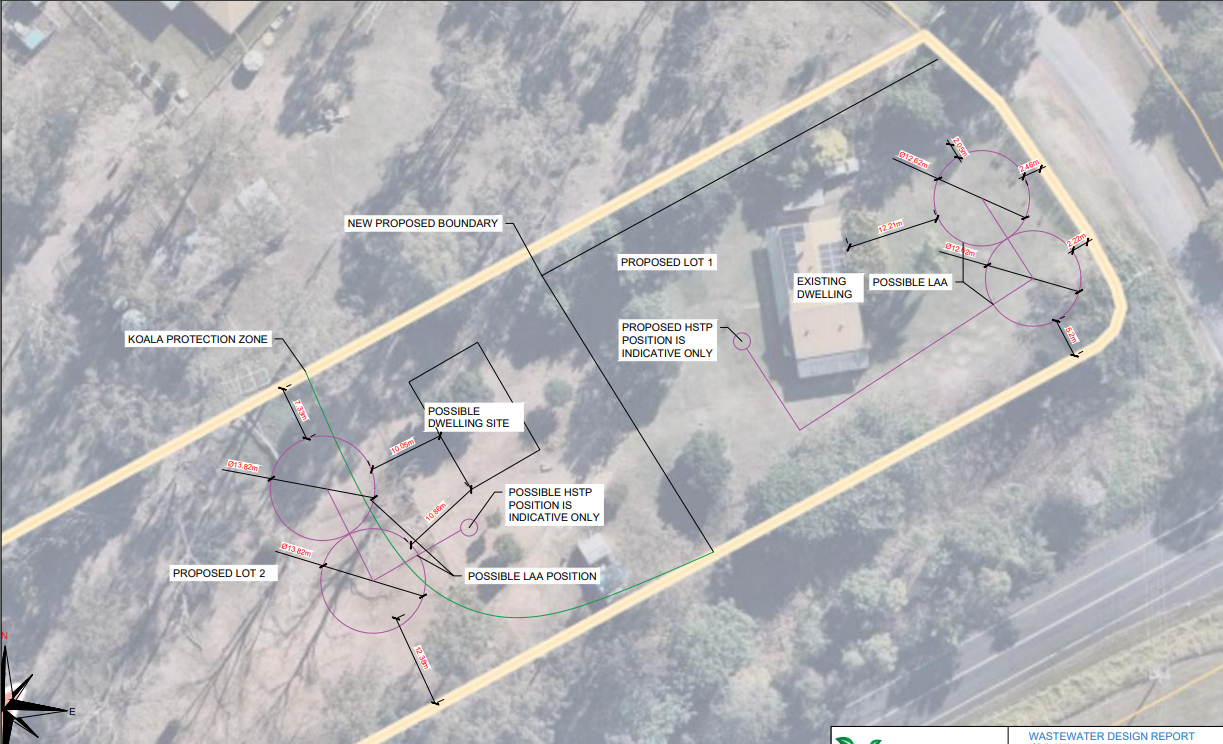Wastewater Treatment System Process
Call us at 1300 770 594 or fill out our online booking form to get in touch.
How do we find the perfect wastewater treatment solution?
Looking to install a wastewater system on your property? Express Wastewater Solutions is a locally owned, a family-operated business focusing solely on wastewater solutions. Our team handles everything from site inspections to excavation, plumbing to installation so the entire process is smooth and stress-free for you.
Our team of septic and wastewater experts are knowledgeable on a wide range of onsite wastewater treatment systems. One size doesn’t fit all needs - that’s why our team follows a comprehensive approach to designing site-specific wastewater solutions.
There is a significant process involved in pricing a septic system or wastewater treatment system. Expenses are broken up into two categories, upfront and ongoing. Each property must be assessed on a case-by-case basis, there is no ‘best system’, only the system which will work best for your home. For more information on the right system for your needs, contact us today.
Book wastewater specialist
Call us at 1300 770 594 or fill out the form and we will get in touch with you as soon as possible.
Factors to consider when choosing a wastewater system
Many factors need to be considered when choosing the right wastewater treatment option including:
- Soil type - the permeability of the soil, depth of soil, water table depth, etc. These factors will affect the size of the disposal area and may preclude the use of some methods.
- Setbacks to water - creeks, dams, bores, open drains, intermittent watercourses and gullies
- The slope of the block
- Setbacks from dwellings or recreation areas
- Size of the property
- Number of bedrooms
- Size of your household
Types of On-site Wastewater Treatment Systems
- Septic Systems - These rely on biological processes to treat the wastewater. Septic systems use a primary treatment method and the effluent is distributed to the soil where plants and microbes can break down the waste particles.
- Aerated Wastewater Treatment Systems (AWTS) - It treats wastewater in several stages and every stage has a different purpose. The resulting water quality is better than that of septic systems and the treated water can be used for irrigation. Aerated systems also use membrane filtration techniques and UV disinfection to treat water to a higher standard. AWTS are highly versatile, cost-effective to install and require regular maintenance.
- Home Sewage Treatment Plant (HSTP) - treats wastewater through a multi-stage process involving settling, aeration, clarification, and often disinfection, producing a higher quality effluent than traditional septic systems.
- Other methods for treating wastewater on-site include the biological filtration method and composting.
Read more on HSTPs and how they work: How does a Home Sewage Treatment Plant work?
Unsure which system is right for you? Read our comparison here: Septic Tanks vs HSTPs : How do they compare?
Wastewater Treatment Process
- Wastewater collection - It is the first step in the treatment process. For residential purposes, wastewater is collected in a septic tank or a chamber in the case of an aerated wastewater treatment system (AWTS). The local councils collect wastewater at a central point through underground pipes and direct them to a wastewater treatment plant.
- Primary Treatment - This stage separates solid matter from the wastewater. The solids settle down at the bottom of the tank and form a layer of sludge. The fats and grease settle at the top forming a layer of scum.
- Secondary Treatment - Small amount of sludge is added to the wastewater to promote the growth of aerobic bacteria and other microbes. The waste particles are broken down further by the microbes. It is a slow process and allows the large particles to settle down at the bottom of the tank.
- Tertiary Treatment - In this stage, 99% of the impurities present in the water are removed. However, it is an expensive process and not used in all treatment plants.
- Disinfection - The water collected from the secondary treatment process is disinfected using chlorine to kill harmful organisms.
- Sludge Treatment - The sludge collected in the sedimentation tanks can be fed to digesters. The tank is heated so the microbes can grow and break down sludge into biosolids. The biosolids can be used as fertilisers. This is an anaerobic process and releases methane gas which can be used to produce electricity.
- Water disposal and recycling - The treated wastewater is released into the waterways or recycled (after it undergoes tertiary treatment) and used in different industries. In-home sewage treatment plants, the treated water can be used for irrigation and replenishing groundwater in the area.
Wastewater Treatment System Installation Process
For us to install the best wastewater system, we follow an intensive process. This helps us in determining the right system and price.
Here’s how we do it:
- Site Details - We will ask you for details such as your address, property size, number of bedrooms, number of family members, etc.
- Preliminary Assessment - We conduct a desktop study to determine the likely options for your property. Our team will study the council overlays and aerial photographs of your area.
- Onsite Visit - We will meet you onsite to analyse the site. Our soil technicians will conduct perc tests and deep hole tests to analyse the soil type, drainage characteristics, and level of the water table. Other factors like the size of your household, approximate wastewater production, setbacks, etc are also considered when designing the system.
- Quote - Based on the gathered information, we will recommend the best possible options for your project. We will provide you with a detailed quote for all the practical alternatives. The quote is a detailed document which gives you a good idea of the possible options, prices of all the systems, and expected ongoing maintenance costs.
- Council Approval - We will design the system and submit the design plan to your local council for approval. The application would include the site plan, site report, council application form, etc. We file the paperwork and submit the application to the local council. It usually takes 4-8 weeks for approval.
- Installation - Once we receive the approval, we will organise an installation date with you. We will source the materials and parts required for the project and begin the construction. Your wastewater treatment system would be built according to your site. The time taken for installation depends on the size of the system and its complexity.
- Quality Assurance - Before you can use your system, we do a thorough quality assurance test to ensure everything is ready to go!

Septic and Wastewater Specialists South-East Queensland
For more information on how we can help you, contact us at 1300 770 594 or book our online enquiry form.
Frequently Asked Questions About Wastewater Treatment System Process
Wastewater Treatment
- Wastewater Treatment
- Wastewater Design
- Aerobic Wastewater Systems
- Aerated Wastewater Treatment System (AWTS)
- Aerobic Treatment Unit (ATU)
- Home Sewage Treatment Plant (HSTP)
- On Site Sewage Facility
- Septic Tank Maintenance
- Septic Drain Field
- Residential Wastewater Treatment Systems
- Eco-Friendly Wastewater Treatment Systems
- Wastewater Purification Systems
- Wastewater Treatment System Process
- Wastewater Treatment Price Guide
- Wastewater Projects
- Help



